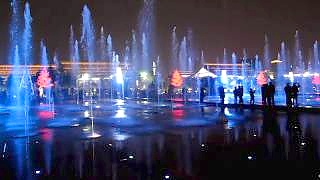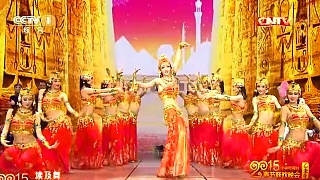Provincial capital of HeNan province.
Fit for life ...
[640],shadow=true,start=8,stop=
Live more ...
 ZhengZhou 郑州 workout
ZhengZhou 郑州 workoutProvincial capital of HeNan province.
Fit for life ...
[640],shadow=true,start=8,stop=

|
With Cyrus Janssen ...
Bonus films ...
|

|
Daylight robbery.
With Reports on China ...
With Ben Norton ...
With Daniel Dumbrill ...
|

|
A beautiful and creative short film by Francis So ...
|

|
Zhou Shen & Sa Dingding singing at the Mid Autumn Festival "Upwards to the Moon" 《左手指月》...
|

|
ShaanXi province
Filmed by stellaxhyu
|

|
With Little Chinese Everywhere ...
|

|
Plus, Gong LinNa with a beautiful new song : Xiao He Tang Shui 小河淌水 ...
|